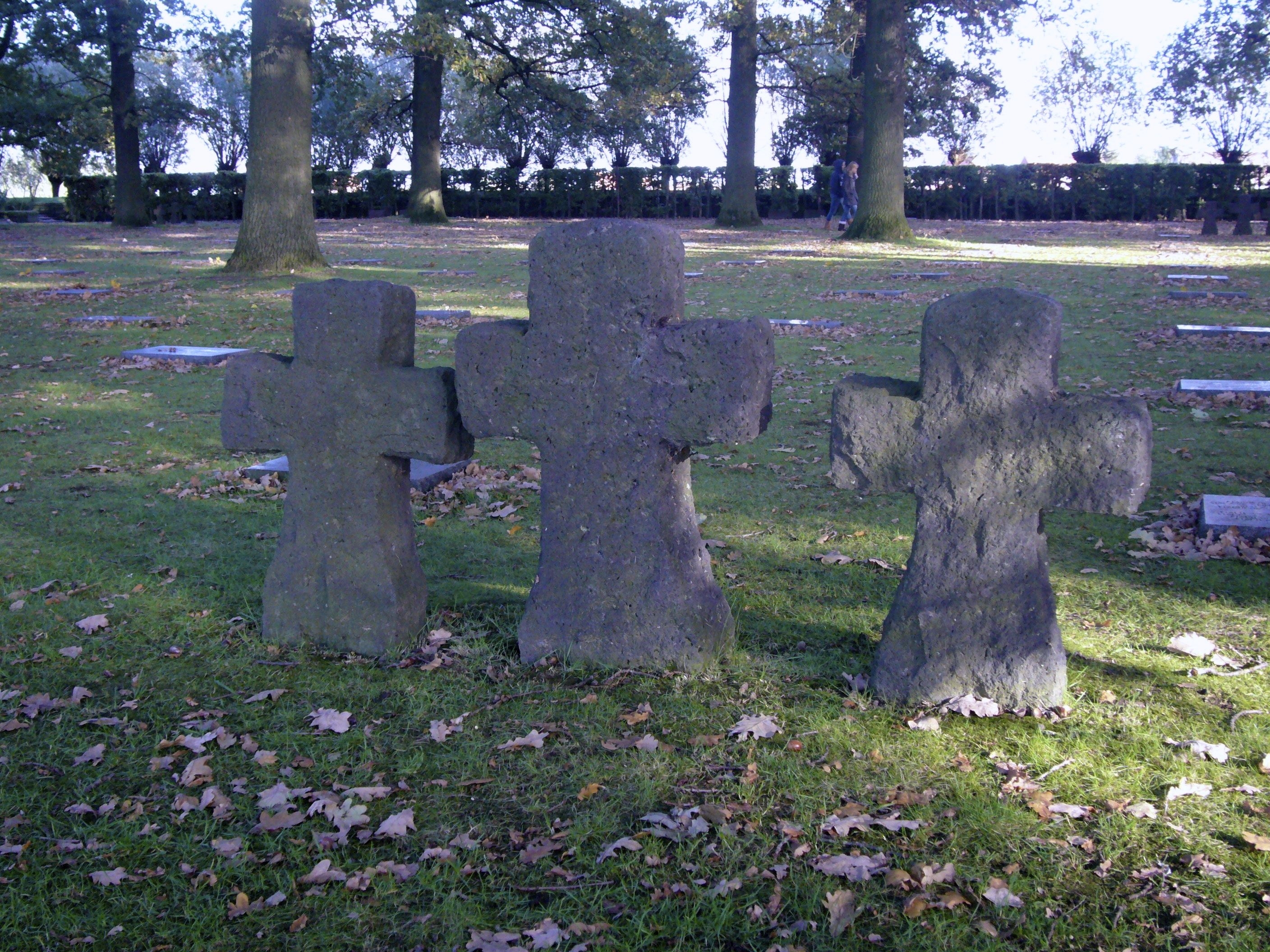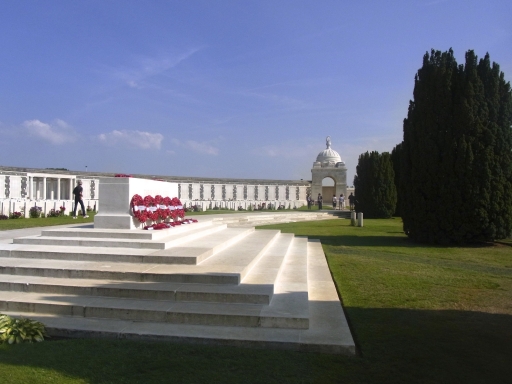The number of tourists visiting West Flanders almost doubled in 2014, as the start of the First World War Centenary focussed attention on Belgium’s former battlefields.
Visitor numbers surged to nearly 800,000, compared with 415,000 in 2013, according to figures released by the tourism authority, Westtoer.
Growth was especially strong in autumn 2014 when West Flanders hosted the torchlit remembrance event, Light Front, as well as international commemorations marking the First Battle of Ypres and the flooding of the coastal plains.
The battlefields of the Ypres salient lie in the province, together with the Yser front held by Belgian troops until 1918.
The most visited site was Tyne Cot Cemetery, with 645,000 people (up 80 per cent on 2013). At peak periods, the world’s largest Commonwealth war cemetery was attracting more than 4,000 visitors a day.
 But there’s also evidence of increasing interest in the remembrance of Germany’s war dead. Langemark Cemetery (above) received 341,000 visitors (up 85 per cent), while numbers increased by 134 per cent at Vladslo, near Diksmuide.
But there’s also evidence of increasing interest in the remembrance of Germany’s war dead. Langemark Cemetery (above) received 341,000 visitors (up 85 per cent), while numbers increased by 134 per cent at Vladslo, near Diksmuide.
The run-up to the 2014-18 Centenary commemorations saw major investment in heritage tourism in West Flanders.
Five strategic projects were identified for development, expansion or renovation: ‘In Flanders Fields’ Museum, Ypres; Lijssenthoek cemetery, Poperinge; the Memorial Museum Passchendaele 1917, Zonnebeke; the Yser Tower and Museum, Diksmuide; and the new Western Front visitor centre in Nieuwpoort.
Westtoer says all exceeded visitor forecasts.
Full details can be found here.
Source: Westtoer
Images: Centenary News
Posted by: Peter Alhadeff, Centenary News
